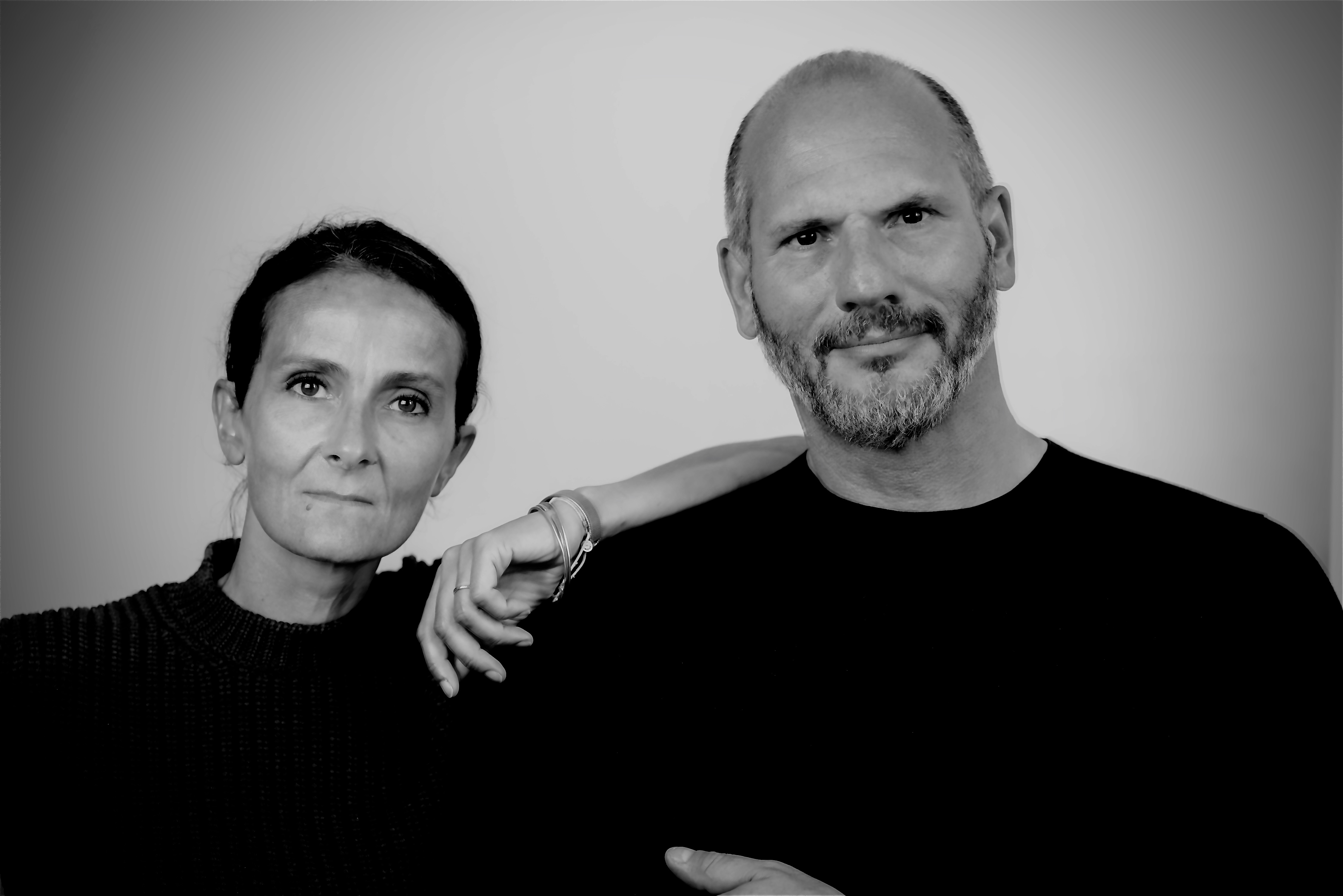
Extra-sensitive thinking
Entretien avec Cristiano Benzoni & Sophie Thuillier
REV ?
C&S : Our name. Finding it took us two minutes on our favourite beach in the month of August.
It’s the beginning of a RÊVE (“dream”)?
C&S : It acts as a prefix. Placed upstream of the project, the architect has the power to modify its meaning.
To REV…EAL?
C&S : Each project is for us the opportunity to reveal, to renew (ourselves). It is an eternal beginning. We consider each new project as if it were our first. Or our last. In his scientific autobiography, Aldo Rossi says that for him, each project is "like an unfinished love story": Always more beautiful with time. "And that means, for every authentic artist, the desire to redo. Not to redo to change something (which is normal for superficial people), but to redo because of a strange feeling of the depth of things."
"Revealing the exceptional that hides behind the obvious"
A singularity? (Something you don’t necessarily do better, but in a different way.)
C&S : Our style might be not to have one. Each project is unique to us.
You don’t display any pretention. So, it isn’t pride that drives you to build?!
C&S : Vanity is an allegory of death. Architecture and retail are living arts. We are madly curious. Whenever we’re offered a different project, we are being given the opportunity to shape a new vision of the world, a positive thought of the future. For us, building is not about ego.
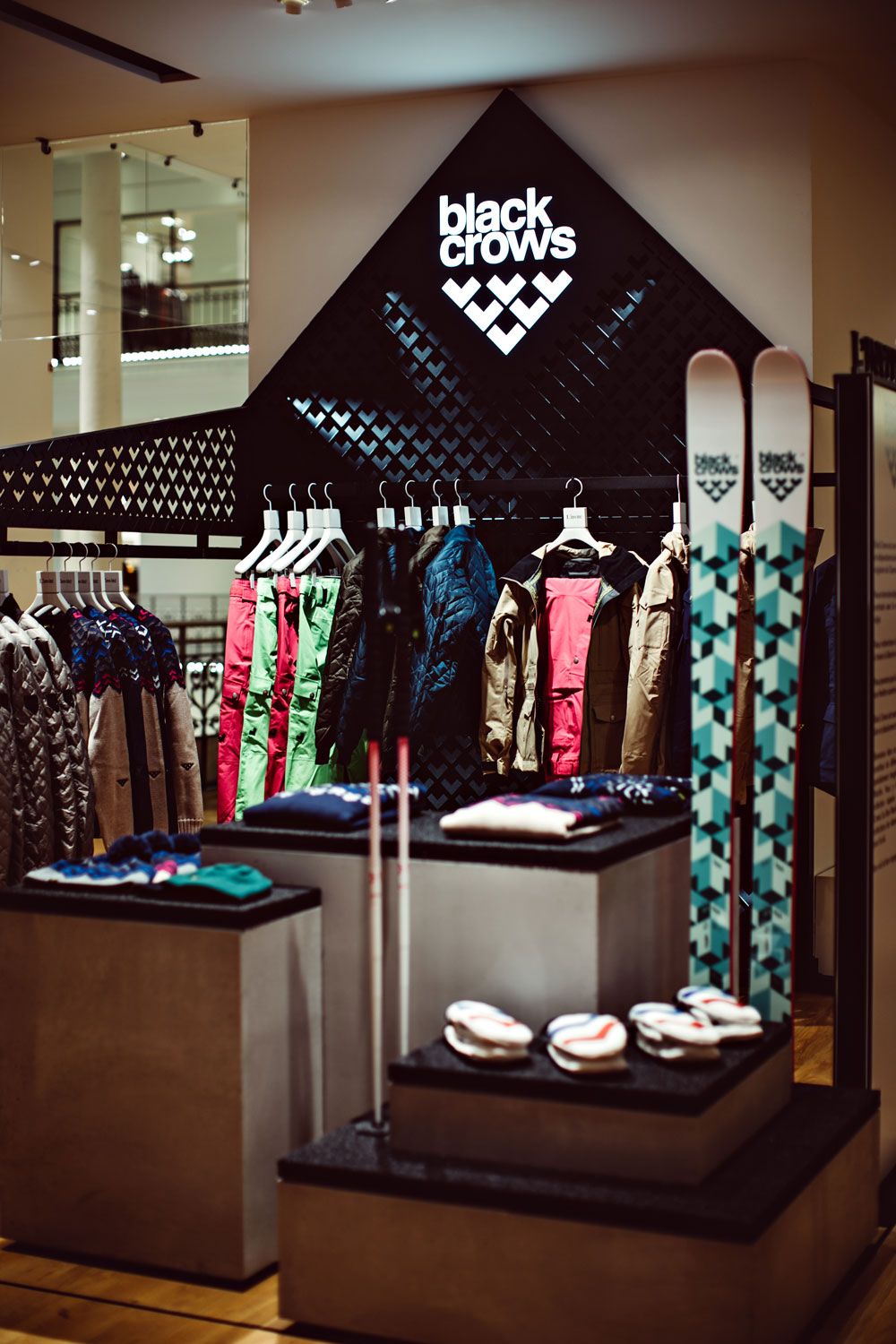
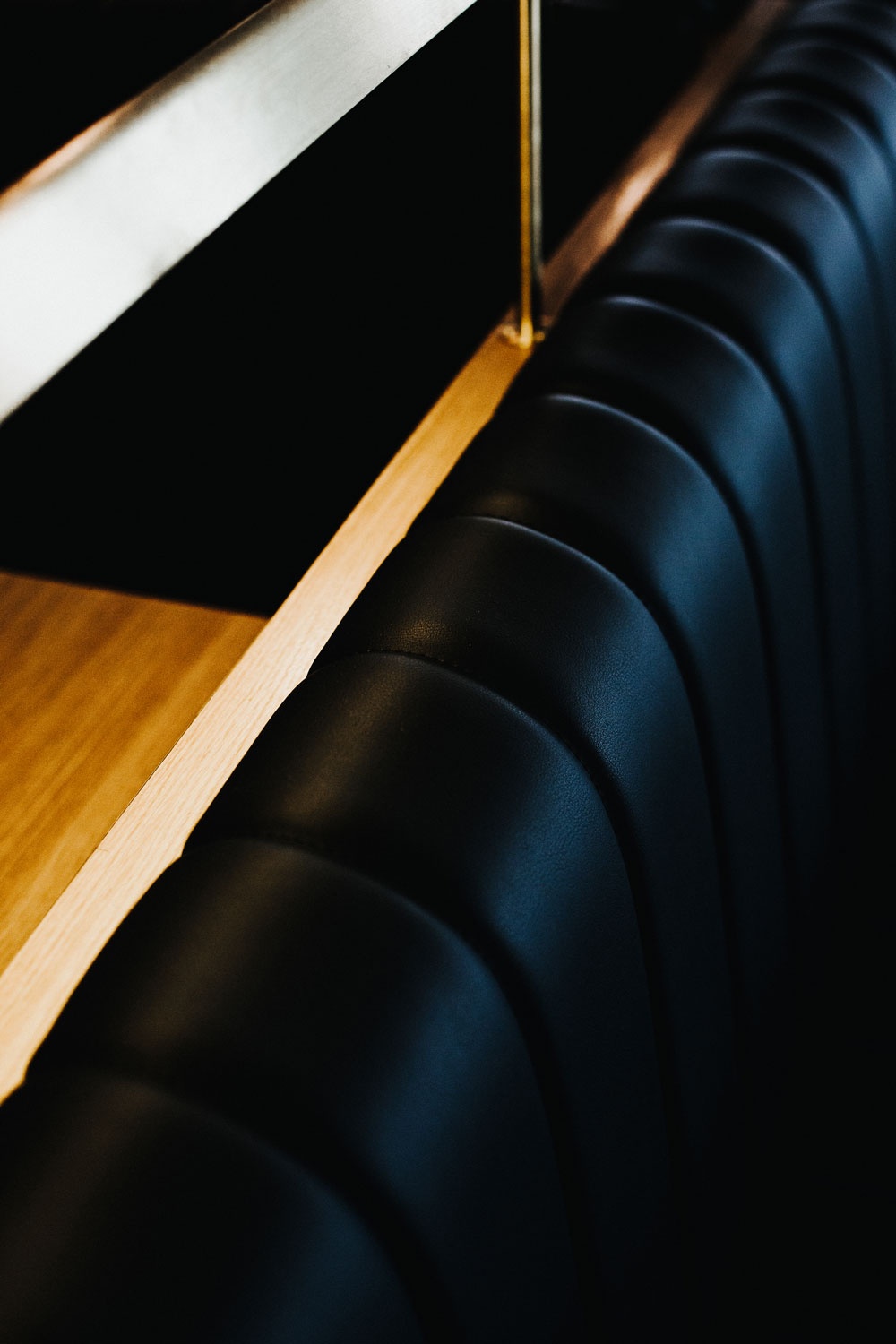
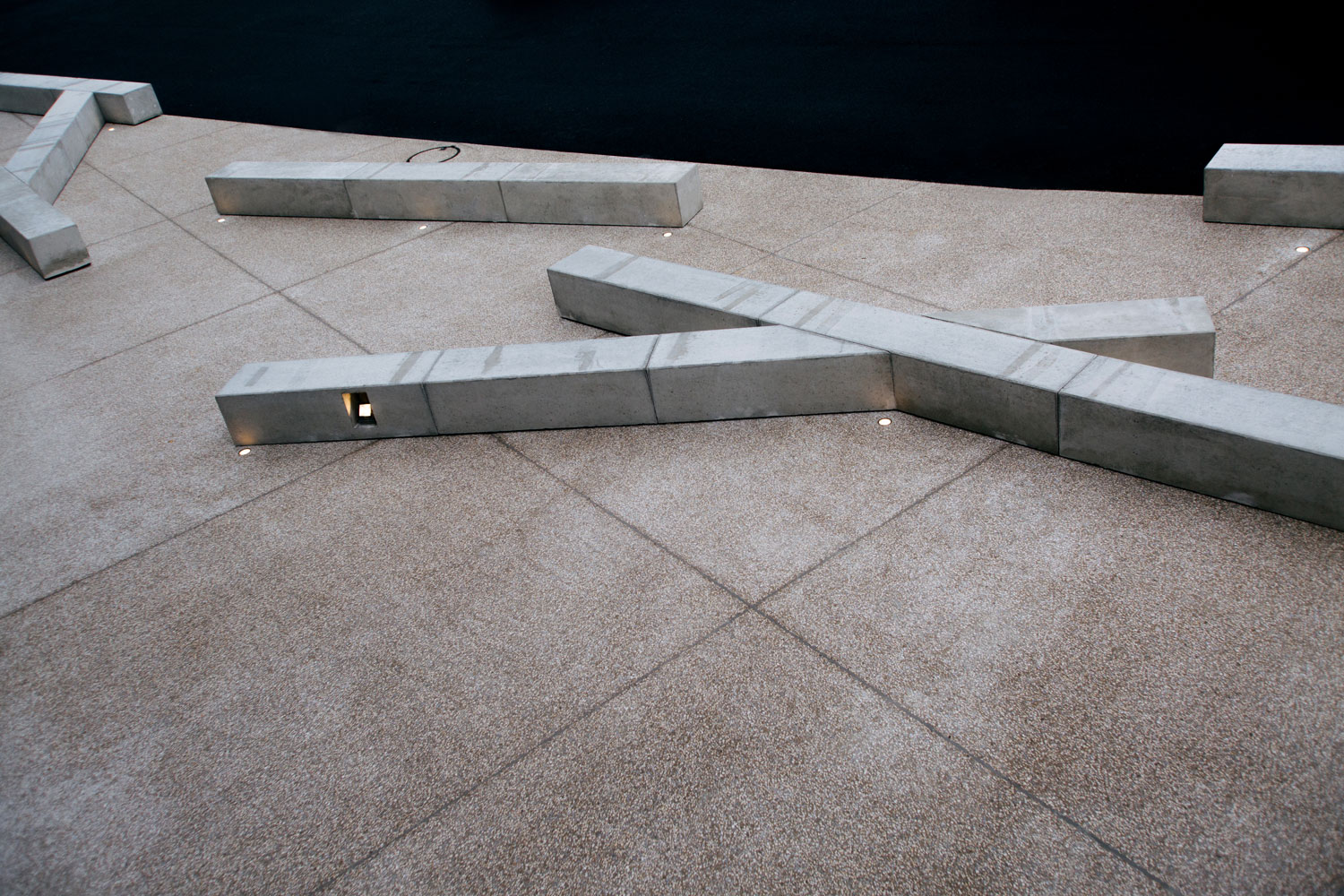

8 years at Ateliers Jean Nouvel,the Louis Vuitton Flagship store in Paris among countless projects, mostly international, in Spain, Italy, Mexico, Corea. A surprising mosaic of achievements...
C&S : Sometimes our interlocutors don’t understand how we can go so easily from one sector of activity to another. Some people are reassured by ready-made formulas, and answers that don’t go outside the box. Repetition may have a pop art side... we prefer to work on unique elements.
"For the life of things…"
Your philosophy?
C&S :It’s therefore rather situationist. Each project is a particular alchemy between the spirit of the time, the culture of the epoch, the context and durability. Building is always a political act. You put something in a space and that thing is destined to stay there. It is a presence... whose margin of transformation by the life of things is enormous. A Greek theater today no longer responds to its original function. And yet, it is present, it has become something else. We are looking for a certain degree of zero meaning, a zero degree of presence for it to endure.
We are happy to be able to cultivate the privilege of a spontaneous, distinctive approach that promotes dialogue, diversity and desire. An extra-sensitive thought: a demand for meaning, not for style. Attention to professions, uses, feelings, affinities and ultimately, always a spark…
Activist?
C&S : Yes. Committed, adept at a certain form of discipline.
"Taste, curiosity, intelligence, emotion: yes. Style, no. We don’t have one. We don’t want one."
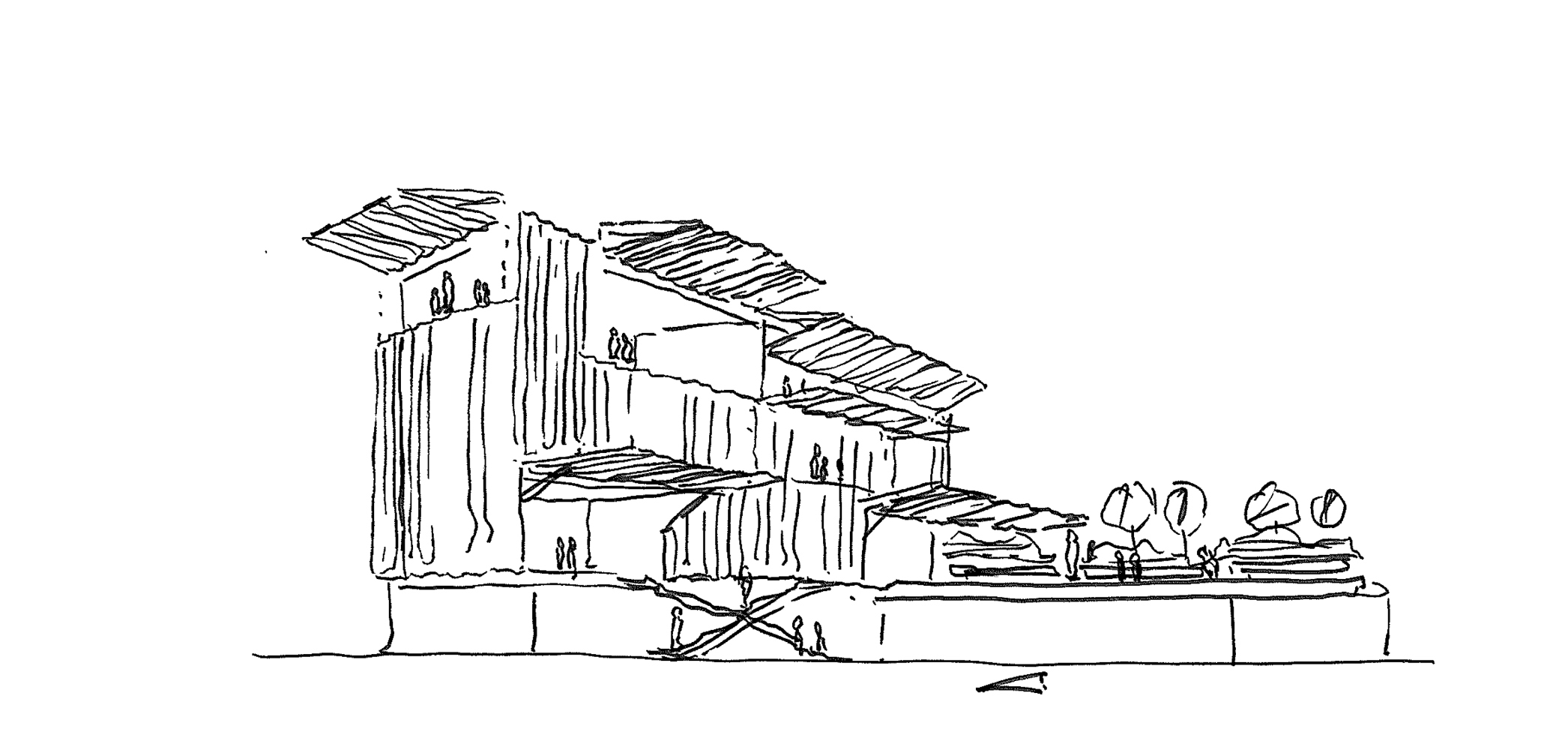
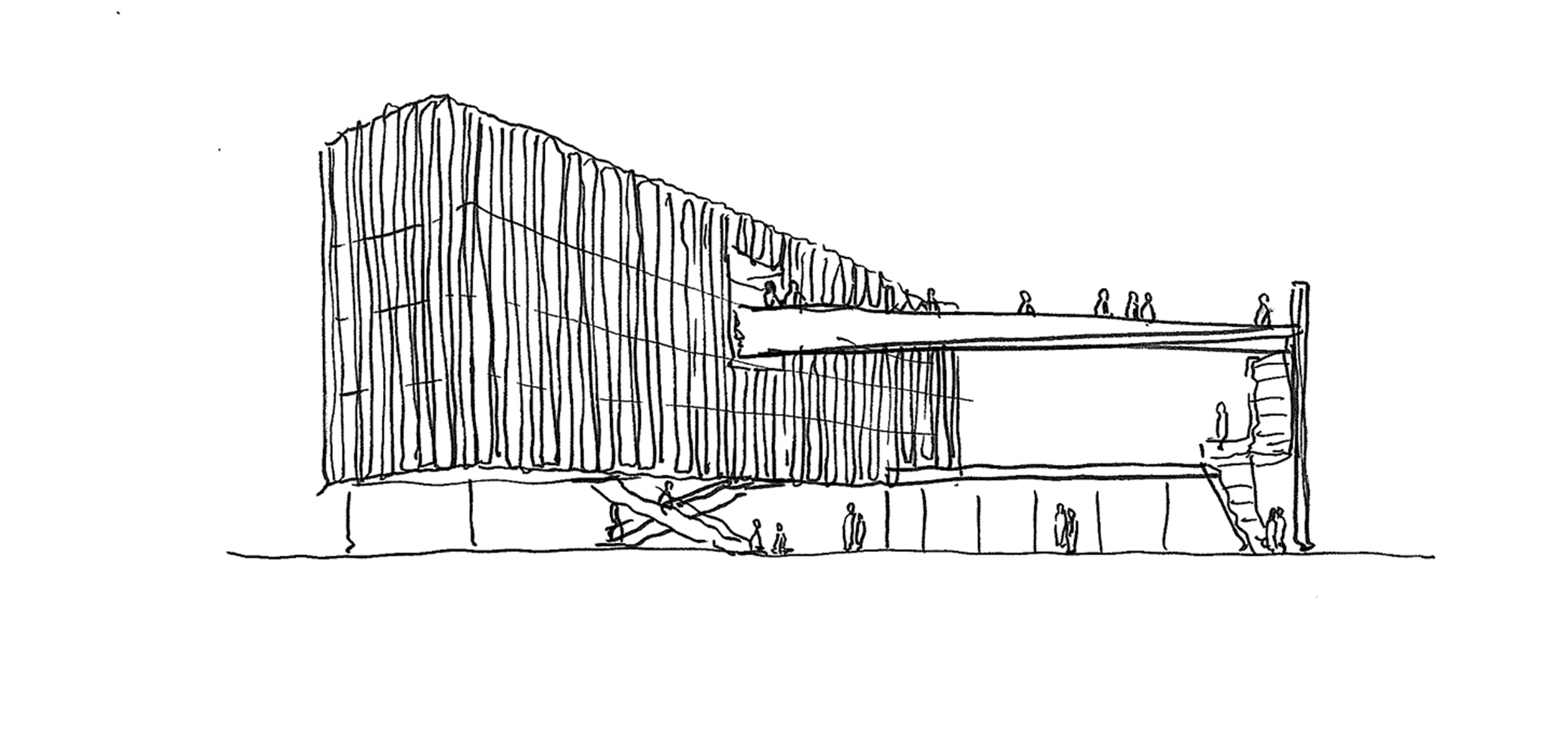

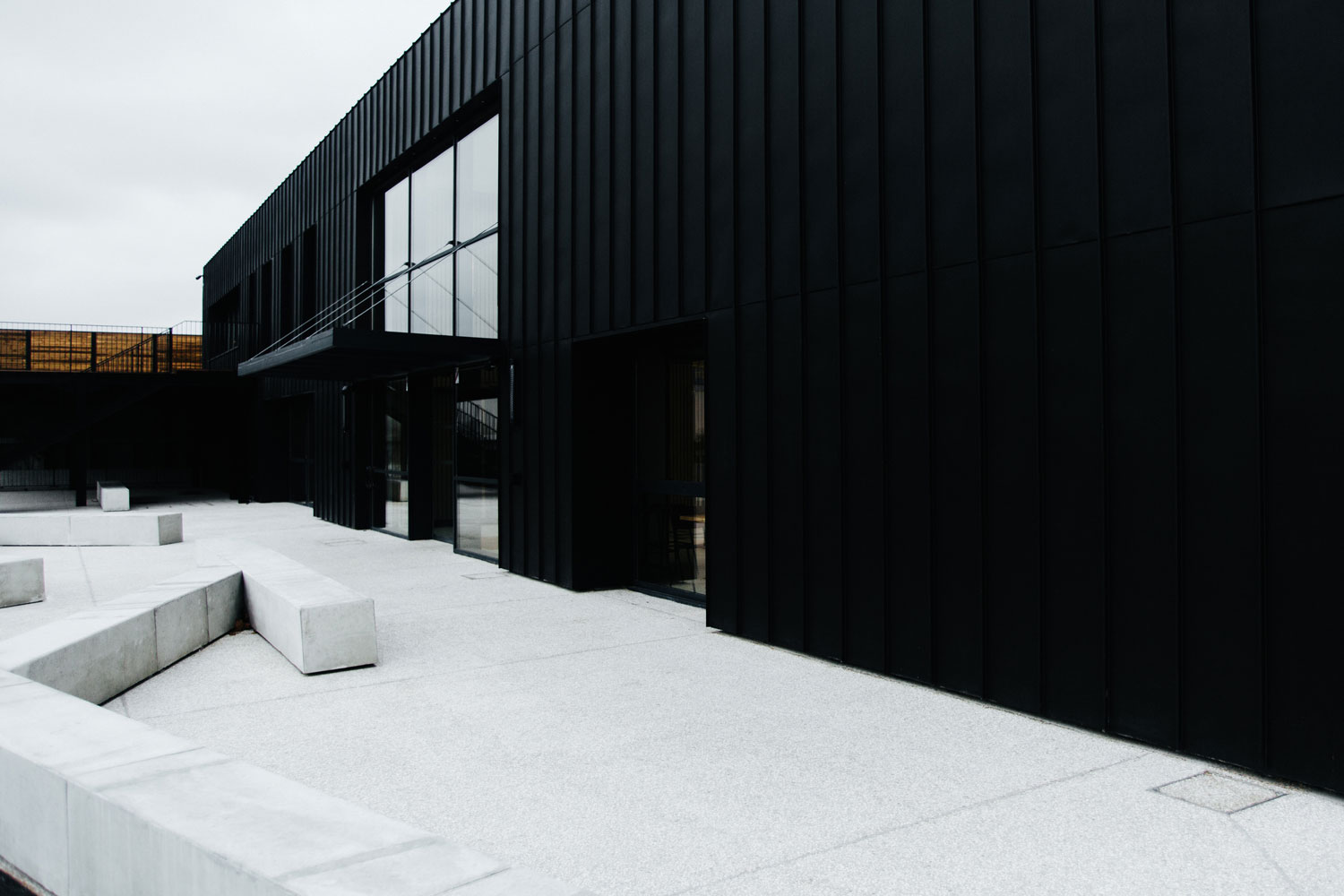
So, down with the signature that reassures?
C&S : Repetition doesn’t prevent error. For us, the crudest thing is to apply one’s style to a building. To want all our buildings to look like us. To sign your contribution. While precisely, our contribution, as architects, is to anticipate with intuition the gaze of others. To erase ourselves to put others in the light: the inhabitant, the passer-by, the user. For the one who will live in or walk around it. Our style does not matter. Taste, curiosity, intelligence, love: yes. Style, no. We don’t have one. We don’t want one. We must always bring diversity. Create a composite scenario. The desirable thing that works is the one that differentiates.
"The desirable thing that works is the one that differentiates."
An element common in all projects?
C&S: Diplomatic complexity, our specialty. (smile)
A methodology?
C&S: A spontaneous approach, but very attentive. Each project is a new scenario. The creation of a character, a strong character. It must be able to shout without dissonance, murmur while remaining audible, roll on the floor and get up without wrinkles. This involves a work of stratification. The feeling is like a sediment. It settles at every stage of the work
"The feeling is like sediment. It settles at every stage of the work."
These are layers of human matter that we accumulate to create our material. Each leaves behind sediments, more or less visible residues, which more or less melt together.
Sentimental, scenarized, quasi-scientific, when one looks at your presentation boards... In architecture and retail, are the registers always so numerous?
C&S: One always enters through feeling and emotion. Our story was born of feelings that we shared and that we still share. You have to be sure of your own feelings. It is always through a sensitive, specific approach, by a dialogue, by the sensation of an alchemy between people that a story can begin. We always build everything on a rapprochement. Complementarity. Two stories which, associated, take shape. The feeling creates the energy that always leaves a mark on the material (Max Plank spoke about energy transfer). All that matters is ultimately extra-architectural
"We are not at all 'less is more'. We would rather be "more with less"."
To return to Max Plank, he wrote: "A new truth in science never succeeds in convincing the adversaries and causing them to see the light, but rather because ultimately these adversaries die and a new generation grows up, to whom this truth is familiar.” What do you think of the new generation of architects? Without judging it, what do you hope for it and with what great principles would you like it to become familiar?
C&S:Today some constructions are performances. That means they need to be maintained on the long term…
The new generation is a very agile generation.They were born with sustainable development. They don’t do it by choice, but by common sense. They may be more in the essential. It represents an evolution that matches the desire of people, that is here now and will be in a 100 years. And if we were to transmit a single principle, it would be that of sustainability, of durability, which necessarily means a certain simplicity.
REV is minimalist?
C&S: Not at all. We are not "less is more" We would rather be "more with less".
And you two, Sophie, Cristiano?
Sophie: I learned very early on to work in a team, in an atelier system. We were invited not to go to class, to "do the project". It was multigenerational work. We were pushed towards freedom. Constant late-nighters. For Cristiano, it's the opposite. A very rigorous school, like a French polytechnique. A more radical vision. Today, Cristiano is the voice of sensitivity. And I’ve become the voice of reason. Our approaches are very complementary. Jean Nouvel liked to associate us. Together we transform ourselves into a sensitive war machine.
The agency?
Cristiano: Sophie and I start everything together. We work with four hands. We have remained in a very artisanal dimension. We must be involved since the inception of the project. Then we open up by sharing with our project managers, our architects, interior designers and designers. Our computer graphics are made by an artist. He always brings an unexpected look. Today, the agency has about twenty people.
"The agency? One multitude. Different personalities and nationalities feed a whole."
Easy to manage?
C&S: In order to work together every day of the year, there are two aspects to consider: the professional and the relational. We have a very international team. With the Italians, the relationship is simpler. We are used to big families in which things are said. We laugh, we cry, we are proud to have affinities, but are never angry for very long when the other expresses a different opinion.
The cultural differences
C&S: We are wary of people whose culture favors perfect rhetoric. Rhetoric is often there to avoid conflict and dialectics. We like mixing things up, discussions that makes it possible to find the best idea for each subject.
Pressure?
C&S: Always a lot of pressure. Which requires depth. And each time a quite radical vision. We keep listening of course. The confrontation and the dialectic are something positive. We need to be diplomatic. We always manage to communicate ideas, to guide towards positive evolutions for well-being and the environment.
Combats? Convictions?
C&S: What interests us is to improve an existing situation. To seek elitism for all. A vision of luxury. From the future. An amazing one. We are fighting against cultural immobility.
"Elitism for all. A vision of luxury. From the future. Amazing. We are fighting against cultural immobility."
Key people?
C&S: Many meetings and discussions that challenge us every minute and rarely leave us sleepy... the poetry of Álvaro Siza, the sense of anticipation and the construction of ideas of Jean Nouvel, the transmission of architecture by the life of Michel Pélissié (the historical partner of Jean Nouvel), the world and the cities imagined from a small village on Lake Como…
And finally, key words?
C&S: Diversity, imagination, exception, emotion. Knowing how to highlight them. To bring out the elements, the sediments, the feelings that people no longer see. Revealing the exceptional that hides behind the obvious. What results is surprising each time. It's an aesthetic that comes from usage, but which never ceases to amaze us. The big things have already been done already, already been said: but if we know how to look out the window, in the street, we will always have something new to tell.
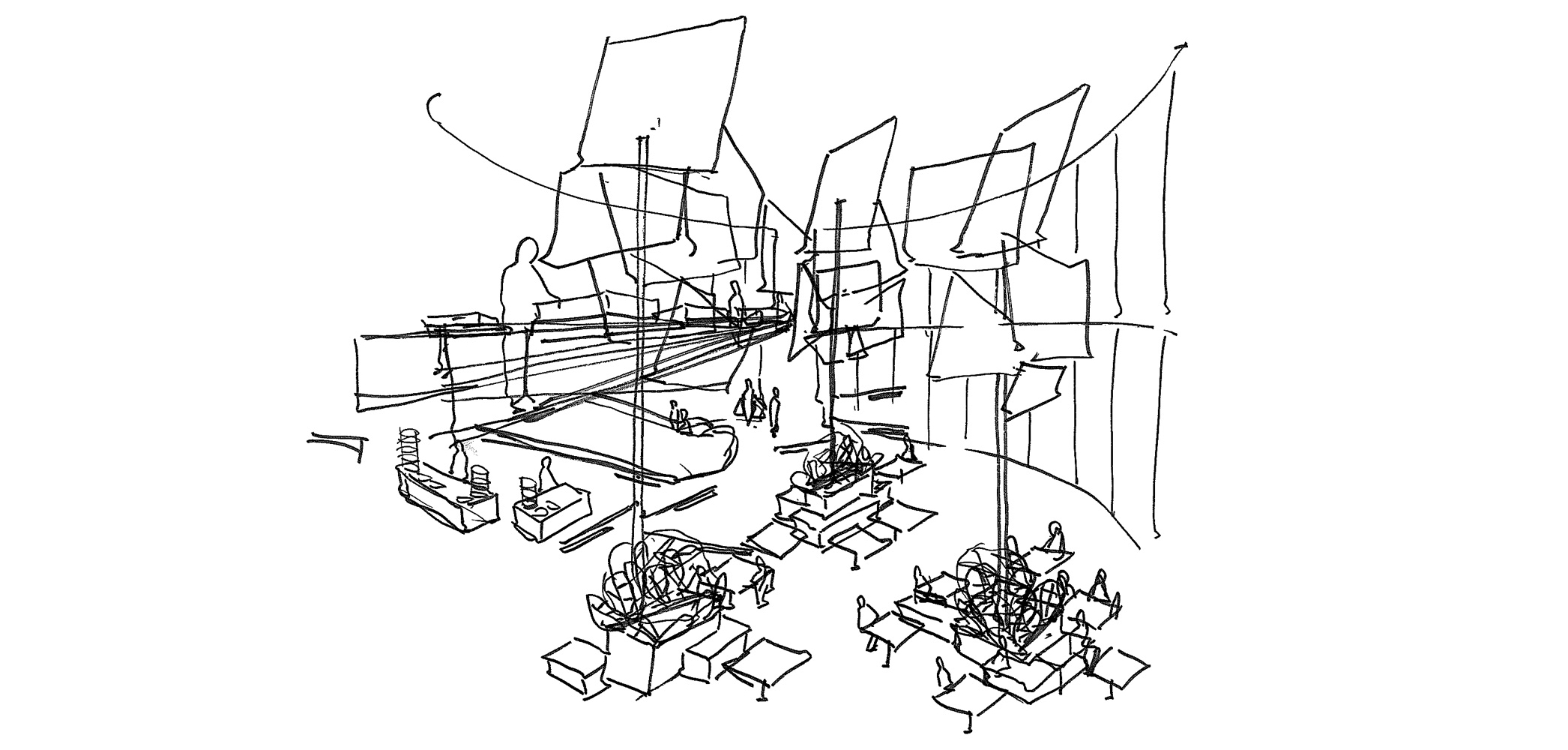
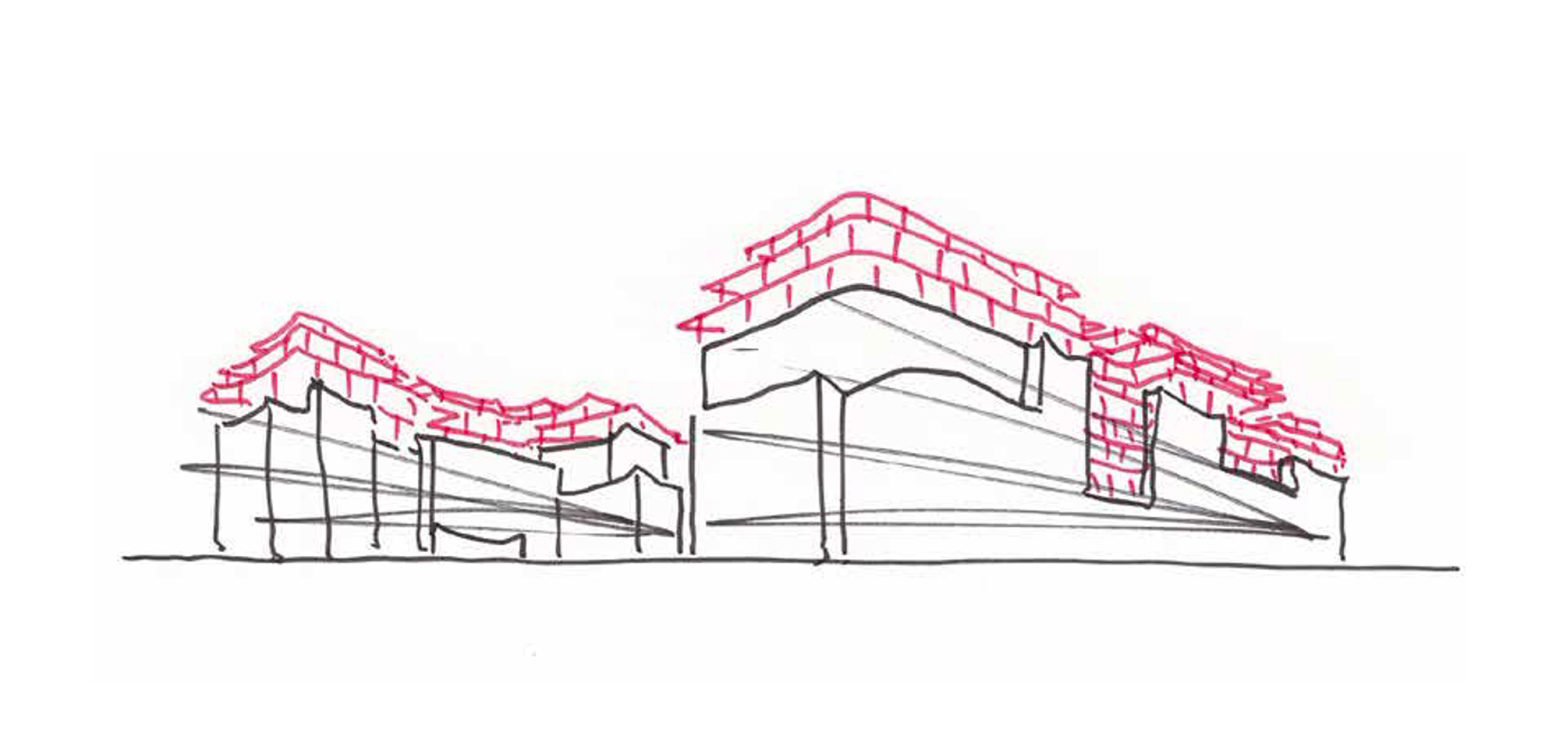
Interview with Anne Bessaguet